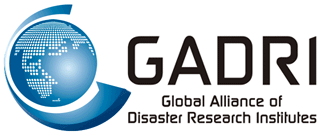- Home
- About
- Events
- Members
- About Members
- Member Institutes
- Algeria
- Argentina
- Australia
- Austria
- Bangladesh
- Brazil
- Bulgaria
- Canada
- China, People's Republic of
- Colombia
- Ecuador
- Egypt
- European Commission
- France
- Germany
- Ghana
- Hong Kong (People's Republic of China)
- India
- Indonesia
- Iran (Islamic Republic of)
- Israel
- Italy
- Japan
- Korea, Republic of
- Lao PDR
- Malaysia
- Mexico
- Morocco
- Nepal
- New Zealand
- Oman
- Phillippines
- Slovakia
- South Africa
- Sri Lanka
- Sudan
- Sweden
- Switzerland
- Chinese Taipei
- Thailand
- Turkey
- United Kingdom
- United States
- Vietnam
- Zimbabwe
- Membership
- Activities
- Resources
- GADRI Archives
 |
Pacific Earthquake Engineering Research Center (PEER)
|
| Outline The Pacific Earthquake Engineering Research Center (PEER) is a multi-institutional research and education center with headquarters at the University of California, Berkeley. Investigators from over 20 universities, several consulting companies, plus researchers at various State and Federal government agencies contribute to research programs focused on performance-based earthquake engineering in disciplines including structural and geotechnical engineering, geology/seismology, lifelines, transportation, risk management, and public policy. The PEER mission is to develop, validate, and disseminate performance-based seismic design technologies for buildings and infrastructure to meet the diverse economic and safety needs of owners and society. PEER's research defines appropriate performance targets, and develops engineering tools and criteria that can be used by practicing professionals to achieve those targets, such as safety, cost, and post-earthquake functionality. In addition to conducting research to develop performance-based earthquake engineering technology, PEER actively disseminates its findings to earthquake professionals who are involved in the practice of earthquake engineering, through various mechanisms including workshops, conferences and the PEER Report Series. PEER also conductsEducation and Outreach programs to reach students, policy makers, and others interested in earthquake issues. PEER was established as a consortium of nine West Coast Universities in 1996 and gained status as a National Science Foundation Engineering Research Center in 1997. PEER graduated from NSF Funding in 2008 and is now supported by federal, state, local and regional agencies together with industry partners. Despite this funding shift, PEER continues to grow and remains an active earthquake engineering research center with a wide spectrum of technical activities and projects. PEER now has ten Core Institutions but also actively involves researchers, educators, students, and earthquake professionals from across the US and worldwide. [detail] --> |
|
 |
Resilient Communities Research Institute (RCRI)
|
| Outline The Resilient Communities Research Institute (RCRI) in the College of Architecture and Environmental Design (CAED) is an applied research unit devoted to advancing the application of knowledge and practice that improves the quality and safety of the built environment. The RCRI is a catalyst for creating effective and productive applied research partnerships. The RCRI is where answers to real world questions are formulated, where partnerships with the civil society yield community benefits, and where the next generation of student leaders become involved in research and solutions based design. The RCRI assembles faculty, supervised students and professional affiliates to work on projects of faculty interest and community and professional need. The RCRI engages in grant/contract supported applied research, fee supported projects, and community service programs. These programs and projects are focused on the built and ecological environments and the factors that shape them. It sponsors educational workshops and provides a variety of reports and presentations that further the activities on behalf of RCRI members and partners. While the quality and safety of California's built environment is the primary RCRI focus, broader issues of global importance will also be addressed. We live in a complex and constantly adjusting world. Solutions require collective work and the RCRI uses the collective expertise approach and innovative technology, to answer the questions of how create, maintain and enhance a sustainable built environment. [detail] --> |
|
 |
Natural Hazards Center
|
| Outline Since 1976, the Natural Hazards Center has served as a national and international clearinghouse of knowledge concerning the social science and policy aspects of disasters. The Center collects and shares research and experience related to preparedness for, response to, recovery from, and mitigation of disasters, emphasizing the link between hazards mitigation and sustainability to both producers and users of research and knowledge on extreme events. A basic goal of the Center is to strengthen communication among researchers and the individuals, organizations, and agencies concerned with reducing damages caused by disasters. More than a quarter century of cultivating discourse among these groups has placed the Natural Hazards Center center-stage in both the national and global hazards communities. Ongoing support for Center activities is primarily provided by the National Science Foundation and other agencies that support the Center's mission. Recent funding partners include the U. S. Army Corps of Engineers, the U. S. Geological Survey, the National Institute of Standards and Technology, the National Oceanic and Atmospheric Administration, and the Federal Emergency Management Agency. Swiss Re has also provided additional funding. The Center is guided by a National Advisory Committee comprised of representatives of federal agencies that have an interest in hazards as well as stakeholders from academia, state and local government, the private sector, and nongovernmental organizations. The Center has always promoted an all-hazards approach for dealing with environmental extremes and has been a leading proponent of cooperative partnerships among varying disciplines. [detail] --> |
|
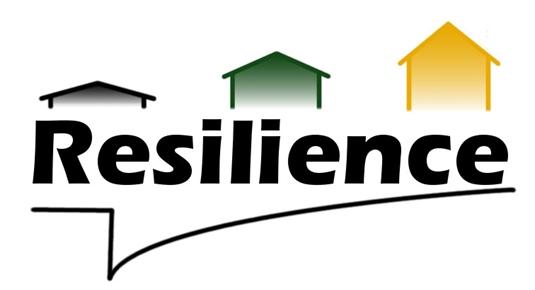 |
Center for Risk-Based Community Resilience Planning
|
| Outline The ability to model community resilience comprehensively requires that experts from a number of disciplines work in concert to systematically model how physical, economic and social infrastructure systems within a real community interact and affect recovery efforts. There are currently no models that consider all aspects of how a natural hazard affects a community or that measure its resilience quantitatively. The Center for Risk-Based Community Resilience Planning is unique in merging the disciplines of Engineering, Social Sciences and Economics to model community resilience comprehensively. Systems that are essential for the recovery and vitality of a community - technological, financial, social and political support, healthcare delivery, education, and public administration - are being integrated in the model, creating a nexus between social and technological infrastructure that will narrow the gap between engineering and social science aspects of resilience planning and will facilitate risk communication among stakeholders and community resilience planners. The work products from the Center will provide a science-based approach to community resilience assessment and, for the first time, will support a business case for enhancing resilience at the community level. Full validation of the system architecture in IN-CORE will be possible through extensive field studies focused on community resilience and recovery rather than simply infrastructure damage and failure studies. IN-CORE will be able to answer detailed questions on the lingering effects of natural hazards on communities; population dislocation, health and the well being of the residents, impacts across the economic spectrum as well as the fiscal impacts, thereby assessing community resilience and recovery via a suite of resilience metrics. [detail] --> |
|
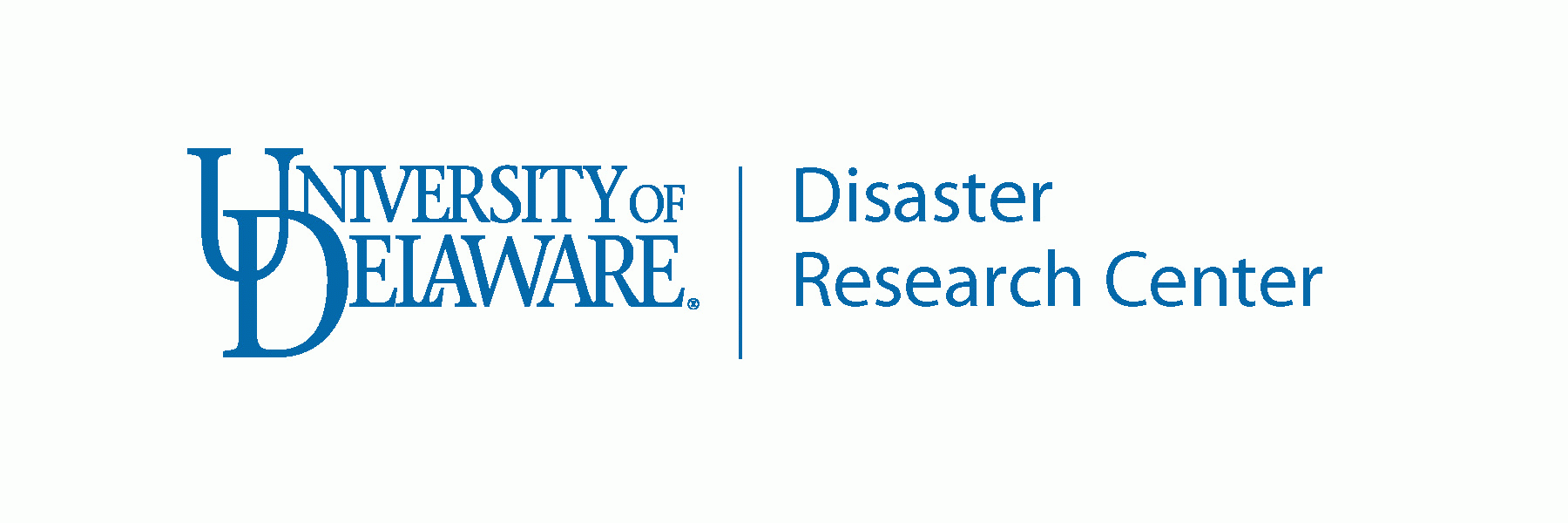 |
Disaster Research Center (DRC)
|
| Outline The Disaster Research Center is committed to advancing the state of the art and the scientifically guided practice in disaster research; educating the next generation of disaster science scholars and informed practitioners in the fields of disaster mitigation, preparedness, response and recovery; and creating, gathering, and disseminating disaster knowledge in a dynamic and responsive way. Vision of DRCTo be the leader in advancing disaster knowledge, through multi-disciplinary research, that contributes to solving complex social problems related to disasters. HistoryThe Disaster Research Center was established in 1963 and now, fifty years later, DRC is celebrating its continued success in research, training and service to the disaster community. DRC was established at The Ohio State University in 1963 by Professors E.L. Quarantelli, Russell Dynes and J. Eugene Haas and moved to its current location at the University of Delaware in 1985. The Center was the first in the world devoted to the social scientific study of disasters. Research Achievements and Challenges:DRC is proud of the diverse demographic profile amongst its students, including those hailing from Asia, the Caribbean, Europe, South America, Southwest Asia, and the Middle East. Most recently the Center became quite active with the William A. Anderson Fund, a service organization named for gifted researcher and revered DRC alum William A. (Bill) Anderson. Bill had a distinguished career in academia, the World Bank, and the National Science Foundation in advancing disaster research, especially interdisciplinary research. The goal of the Fund is to increase the number of historically underrepresented students in disaster science and practice. DRC faculty are actively involved in student mentoring, holding professional development workshops, and other activities in support of the Fund. The Center is excited that the William A. Anderson Fund has joined DRC, with the University of Delaware as the Flagship institution for the Fund's activities, which will also include a number of satellite universities around the country. [detail] --> |
|
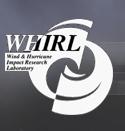 |
Wind and Hurricane Impact Research Laboratory (WHIRL)
|
| Outline The WHIRL is dedicated to the study of the effects and impact of wind storms, including hurricanes, tornadoes, and thunderstorms, and other related meteorological hazards (e.g. flooding, and storm surges) on the natural environment and man-made structures. The laboratory involves a multidisciplinary team of engineers, scientists, and business experts, who take advantage of a geographic location in the heart of Florida Space Coast, to serve the needs of industry, government, and the public in wind hazard mitigation. ObjectivesThe three main objectives of the WHIRL are:
[detail] --> |
|
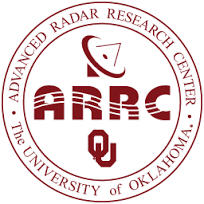 |
Advanced Radar Research Center
|
| Outline Welcome to the Advanced Radar Research Center (ARRC) at the University of Oklahoma! The ARRC is now more than 10 years old, and in that time has grown from a small group of energetic faculty and students into the largest academic radar program in the nation with well over 100 members. We focus on interdisciplinary education, leveraging a nationally ranked meteorology program and aggressively growing engineering departments. Our School of Electrical and Computer Engineering, for example, has moved up 25 spots in national rankings in just the last year, largely due to a significant growth in radar and applied electromagnetics. The ARRC resides in the state-of-the-art Radar Innovations Laboratory - a 35,000-sqft working laboratory dedicated to innovations in radar technology and science. With the complete support of the university administration, the ARRC is poised to become the go to place for all things radar! [detail] --> |
|
Rensselaer Polytechnic Institute (RPI)
|
|
| Outline With 7,900 students and more than 100,000 living alumni, Rensselaer is addressing the global challenges facing the 21st century--to change lives, to advance society, and to change the world. At the same time, we continuously are reinventing Rensselaer, and strengthening our people, platforms, programs, and partnerships in order to anticipate the future and enable the brilliant men and women who learn and teach here. [detail] --> |
|
Center for Risk and Economic Analysis of Terrorism Events (CREATE)
|
|
| Outline The National Center for Risk and Economic Analysis of Terrorism Events (CREATE) was established in 2004 as the first university-based Center of Excellence (COE) funded by the U.S. Department of Homeland Security (DHS) Science and Technology Directorate (S&T) Office of University Programs (OUP). CREATE is headquartered at the University of Southern California (USC) where it is jointly housed in the Viterbi School of Engineering and the Sol Price School of Public Policy. It has research affiliates at several other institutions, both in the U.S. and abroad. The Center contributes university-based research to make the United States more secure by taking a longer-term view of scientific innovations and breakthroughs and by developing the future intellectual leaders in homeland security. CREATE has also been very successful in transitioning and disseminating the results of its research to operational units of DHS and other stakeholders.
[detail] --> |
|
